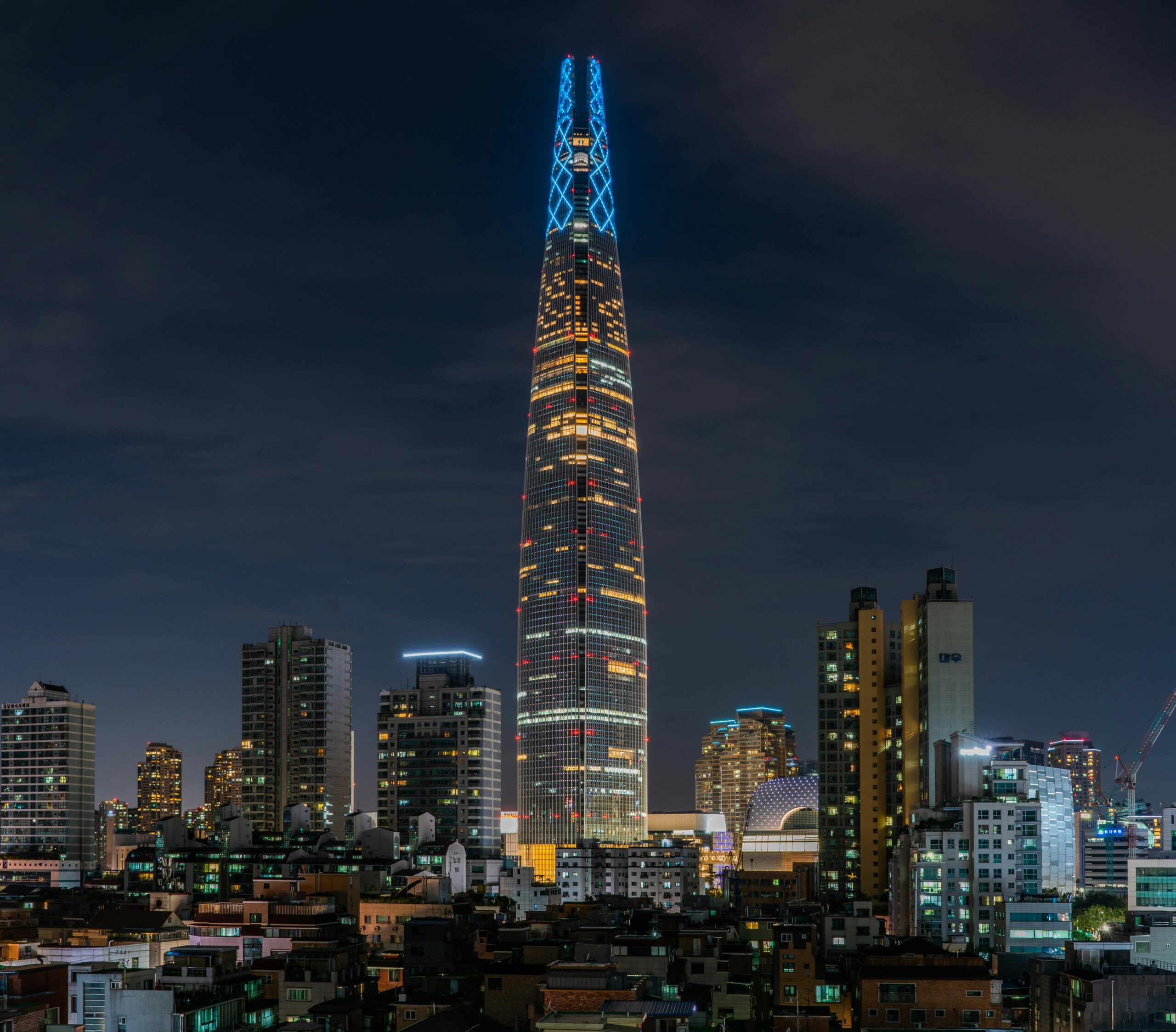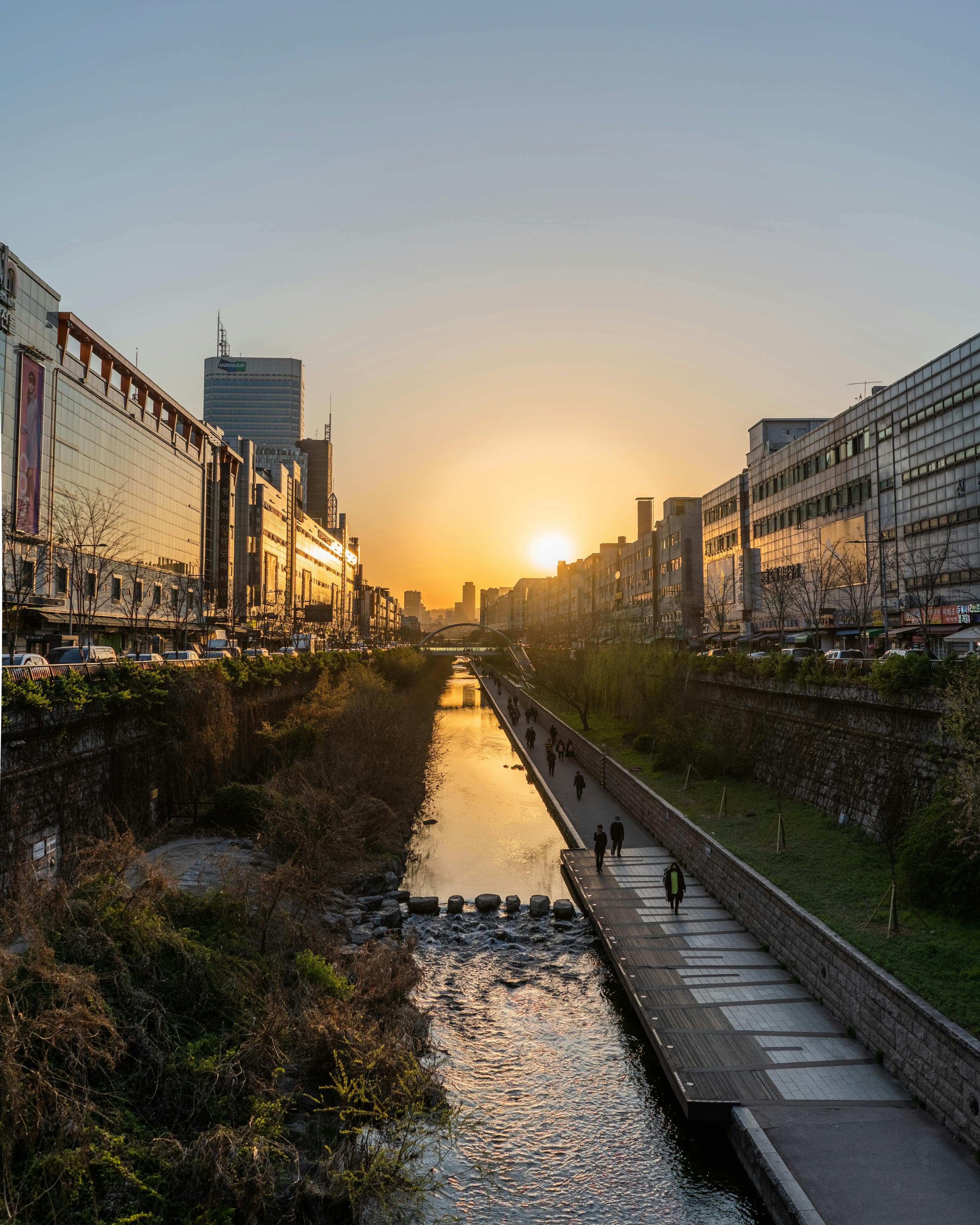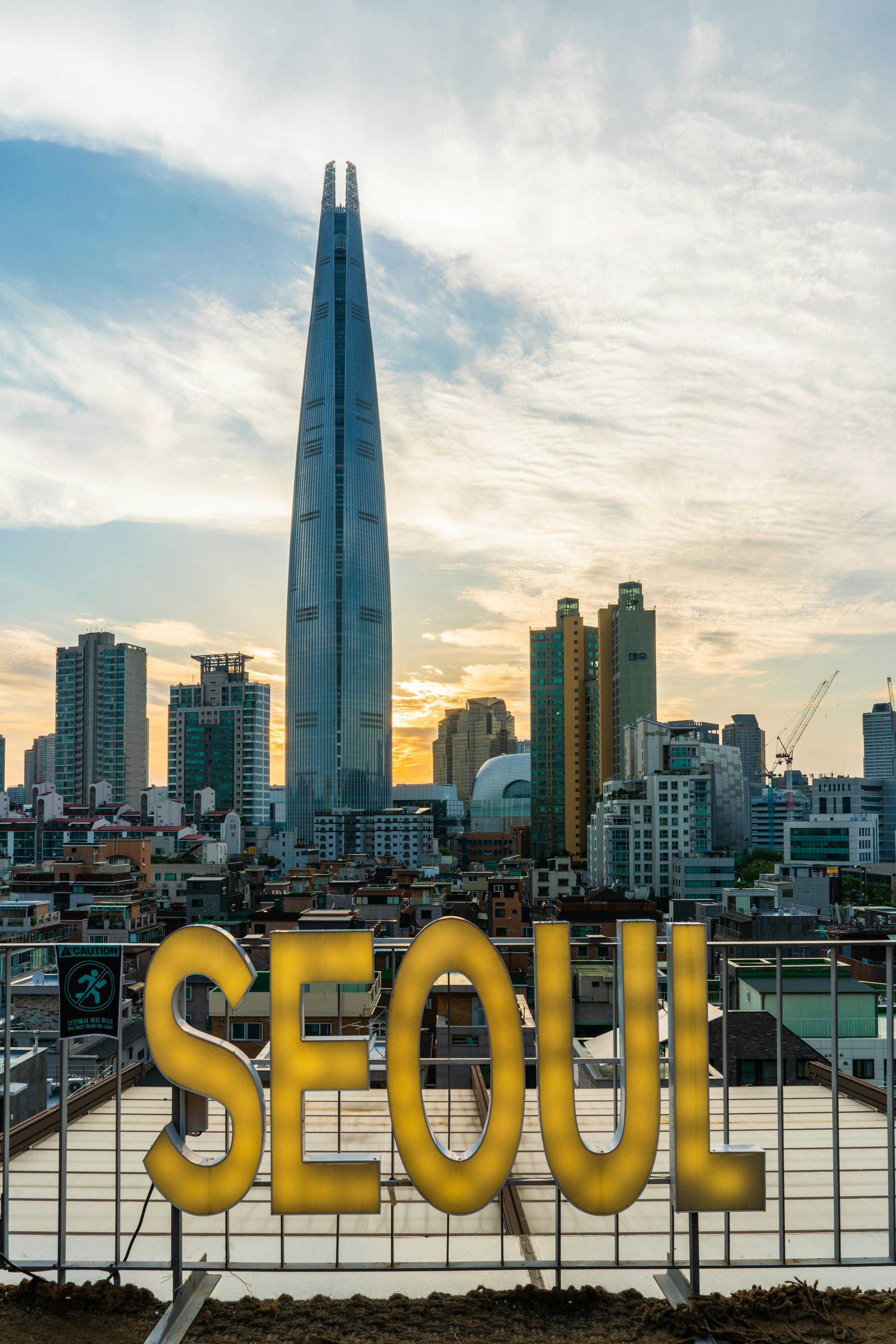Physical Address
304 North Cardinal St.
Dorchester Center, MA 02124
Physical Address
304 North Cardinal St.
Dorchester Center, MA 02124

Welcome to Seoul, a city where ancient traditions meet cutting-edge technology, and where the vibrant culture pulses through the neon-lit streets. As an English speaker who has recently returned to Seoul, I’m here to guide you through the ins and outs of visiting Seoul without speaking Korean. The city’s charm lies not only in its language but in its people, food, architecture, and the seamless blend of the old and new.
Whether you’re exploring the historic palaces of the Joseon Dynasty or savoring street food in Myeongdong, language barriers can be navigated with ease, thanks to the city’s modern infrastructure and the warm hospitality of its residents. In this guide, I’ll share essential tips and insights that will ensure your adventure in Seoul is as seamless as it is unforgettable. Embrace the excitement of Seoul, and let the city’s rhythm enchant you, even without a Korean vocabulary at your disposal.
Anything to add to this? Let us know using the contact form.
Understanding and respecting local customs can greatly enrich your travel experience in Seoul. Koreans are known for their politeness and respect, which are often demonstrated through customary behaviors, such as bowing as a greeting or show of gratitude. When entering a Korean home or certain traditional restaurants, it’s common to remove your shoes. Traditional Korean dining etiquette involves waiting for the eldest to start the meal and showing gratitude by saying “jal meokkesseumnida” before eating and “jal meogeosseumnida” afterward. While these customs are not mandatory for visitors, embracing them is appreciated and often met with warm smiles.

Mastering the public transportation system in Seoul is a feat that can make your travels exceptionally smooth and efficient. The city boasts an extensive network of buses, subways, and taxis, all of which are accessible and foreigner-friendly. The Seoul Metropolitan Subway is a marvel of public transit, with its clean, punctual, and well-signed trains. Even if you don’t speak Korean, the signs and announcements in English will help you navigate the sprawling underground with confidence.
For added convenience, purchase a T-Money card, a rechargeable smart card that you can use for all forms of public transport. It also offers discounts on fares and can be used to make purchases in convenience stores. Should you ever find yourself unsure of your route, don’t hesitate to seek help. Subway staff and even fellow commuters are often willing to assist, as many Seoulites have a basic understanding of English and a willingness to help visitors.
Moreover, free mobile apps like ‘KakaoMetro’ and ‘Naver Maps’ provide real-time transit information and step-by-step navigation in English. With these tools at your fingertips, the city is yours to explore, ensuring that you’re never truly lost in Seoul.
Seoul is a city that prides itself on its blend of history and modernity, and thankfully, the language barrier does not keep you from enjoying its most prominent attractions. Many of Seoul’s historical sites, such as the majestic Gyeongbokgung Palace and the traditional folk village of Namsangol Hanok Village, offer audio guides and information plaques in multiple languages, including English. These resources allow you to delve into the rich stories behind Korea’s cultural treasures without needing to understand Korean.
When it comes to contemporary sights, areas like Myeongdong and Hongdae are bustling with activity and are very foreigner-friendly, with many shopkeepers and staff speaking sufficient English to assist visitors. Moreover, the Dongdaemun Design Plaza (DDP), with its futuristic architecture, not only captivates the eye but also provides multilingual interactive exhibits, ensuring a fully immersive experience.
For art enthusiasts, the National Museum of Korea and Seoul Museum of Art are not to be missed. These institutions go to great lengths to cater to an international audience, offering extensive English descriptions and even guided tours in multiple languages. Whether you’re strolling through royal gardens or admiring contemporary art, Seoul’s attractions are accessible and welcoming to all, regardless of language proficiency.
Seoul offers a network of tourist information centers strategically located throughout the city. These centers provide comprehensive resources, from brochures and maps to personalized trip recommendations in English and other languages. Staffed by multilingual employees, these centers can assist with lodging queries or arranging city tours. Key locations include Incheon International Airport, Seoul Station, and popular districts like Myeongdong and Dongdaemun. Visitors often find these centers helpful for planning daily activities and navigating cultural sites with confidence.
Seoul hosts an array of cultural activities that can be enjoyed without knowing Korean. Traditional performances such as the “Nanta” show, a non-verbal musical performance, highlight the rhythm and dexterity of Korean cooking. The Korean Folk Village offers interactive experiences, allowing visitors to partake in crafts and customs of the Joseon Dynasty. For film lovers, the Seoul International Film Festival showcases movies with subtitles in multiple languages. Exploring these cultural delights ensures a rich, immersive experience.
Food is an integral part of any travel experience, and Seoul’s culinary scene is a delightful adventure for your taste buds. Even if you don’t speak Korean, the city’s eateries are surprisingly navigable. Many restaurants in tourist areas feature menus with photos and English descriptions, making it easy to point and choose without speaking a word. In addition, some places have adopted the use of digital kiosks where you can order by simply touching images on a screen, minimizing language interaction.
If you’re feeling adventurous and want to try street food, vendors at popular markets such as Gwangjang Market and Myeongdong Street Food Alley are accustomed to serving tourists and can often understand basic English phrases. The universal language of smiles and gestures goes a long way, and you’ll find that many locals are patient and eager to help you enjoy their food.
For those with dietary restrictions or allergies, carrying a card with written explanations in Korean can be a lifesaver. Even without speaking Korean, you can communicate your needs effectively. Seoul’s dining scene is a testament to the city’s warm hospitality, ensuring that everyone can savor the rich flavors of Korean cuisine without worry.

Seoul is a shopper’s paradise and an entertainment hub, offering experiences that cater to every taste and interest. When visiting Seoul without speaking Korean, the city’s international atmosphere makes it easy for travelers to navigate shopping malls, boutiques, and entertainment venues. In areas like Myeongdong and Dongdaemun, many store clerks can communicate in basic English, and signage often includes English translations, aiding in a smooth shopping experience.
Entertainment in Seoul is just as accessible. Theaters featuring non-verbal performances, such as the famous Nanta show, are perfect for international audiences. Likewise, K-Pop concerts are a global phenomenon, and the language of music transcends barriers, making it enjoyable for everyone.
For a more traditional experience, visit Insadong, where you can explore antique shops and art galleries. Even here, the warmth of Korean hospitality means locals are typically willing to communicate through gestures and shared enthusiasm. In addition, most major tourist sites offer information pamphlets in multiple languages, ensuring that you don’t miss out on the history and significance of the places you visit.
Navigating emergency situations in Seoul is manageable with the right information. The city offers an efficient 24-hour 119 emergency helpline, which provides assistance in English. Many hospitals and clinics in Seoul are equipped to serve international patients, with major hospitals like Seoul National University Hospital and Samsung Medical Center offering comprehensive care. Their International Healthcare Centers have English-speaking staff to assist with medical needs. Familiarizing yourself with these resources ensures peace of mind while exploring the city.

As I’ve reacquainted myself with the rush of Seoul’s streets, I’ve come to appreciate the digital tools that make navigating this city a breeze, even for those not versed in the Korean language. A crucial tip for anyone visiting Seoul without speaking Korean is to arm yourself with a suite of handy apps and resources. KakaoMap and Naver Map are indispensable for finding your way around, offering English options and real-time transit information. For public transport, the Seoul Metropolitan Subway app provides comprehensive details in English about routes and schedules.
To navigate Seoul’s vibrant streets with ease, translation apps like Papago and Google Translate are indispensable. These apps not only translate text but also voice conversations, which can be handy in taxis or markets. When using translation apps, ensure you download offline language packs in case of poor internet connectivity. It’s useful to enter short, clear phrases for more accurate translations, and using the camera function for translating signs and menus can be a lifesaver. Food delivery apps like Yogiyo have English versions that bring Seoul’s culinary delights right to your doorstep. And for those unexpected situations, Papago, a translation app developed by Naver, becomes your personal interpreter, making communication with locals much smoother.
Remember, while these resources are invaluable, your adventure in Seoul is your own to craft. Anything to add to this? Let us know using the contact form.